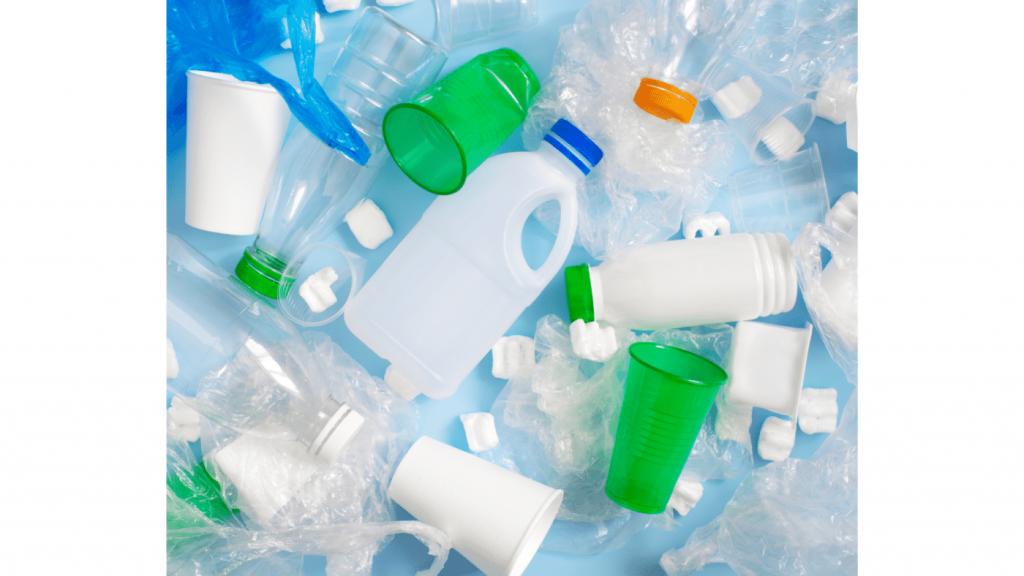The plastic industry, broad and vast in its scope, encompasses an assortment of chemical components. First and foremost, each of these elements plays a specific role, enhancing properties, ensuring durability, and optimizing the functionality of plastic products. Moreover, among this vast spectrum, stearic acid deserves special attention. Therefore, this article aims to elucidate the roles and benefits of stearic acid. Lastly, we will explore its myriad potential applications within the plastics sector.
Introduction: What is Stearic Acid?
Stearic acid (C18H36O2) is a saturated fatty acid predominantly found in animal and vegetable fats. Waxy solid at room temperature and is utilized in a multitude of applications, ranging from cosmetics to rubber production, and notably, in the plastic industry.
Usage of Stearic Acid in Plastics
- Plasticizers:. Employed as an internal lubricant and plasticizer in multiple plastic formulations. Plasticizers are additives that increase the plasticity or flexibility of a material. The presence of stearic acid enhances the mold release properties of plastics, facilitating smoother production processes.
- Stabilizer for PVC:. PVC (polyvinyl chloride) is a widely-used plastic, but it requires stabilization to prevent decomposition during processing. Stearic acid serves as a cost-effective stabilizer for PVC, enhancing its thermal stability and prolonging its lifespan.
- Color Stabilizer:. In plastics that are vulnerable to color changes due to light or heat exposure, stearic acid acts as a color stabilizer. This ensures that the final plastic product retains its intended hue and appearance for a more extended period.
- Accelerator Activator in Rubber Production:. While rubber is distinct from plastic, the rubber industry’s ties with the plastic industry are undeniable. Stearic acid is a pivotal component as an accelerator activator in rubber vulcanization. This process involves curing rubber with sulfur to improve its durability and elasticity.
Benefits of Using Stearic Acid in Plastics
- Improved Processability:. The lubricating properties of stearic acid allow for enhanced flow of the polymer melt during processing. This leads to better mold filling and easier extrusion, resulting in higher-quality finished products.
- Enhanced Properties:. By acting as a plasticizer, stearic acid can modify the mechanical properties of the plastic, making it more flexible and resistant to brittleness.
- Cost-Effective:. Derived from renewable resources, stearic acid is a more environmentally friendly and economical alternative to some synthetic additives in the plastic industry.
- Versatility:. With its compatibility in various polymer formulations, stearic acid can be utilized in a vast array of plastic products, from PVC pipes to cosmetic containers.
Potential Applications and Future Prospects
The ongoing research into sustainable and green plastics presents further potential for stearic acid’s role to expand. Bioplastics, derived from renewable sources, are continually gaining traction. Given stearic acid’s renewable origins, it becomes an ideal candidate for incorporation into bioplastic formulations.
Moreover, as the demand for high-performance plastics continues to grow in industries like automotive and electronics, additives like stearic acid, which enhance the properties of these plastics, will likely see increased usage.
Innovation in plastic recycling technologies might also uncover new roles for stearic acid, possibly in enhancing the recyclability of certain plastic formulations or in the creation of recycled-plastic blends with unique properties.
From enhancing the color stability to acting as a pivotal plasticizer, stearic acid’s multifaceted roles within the plastic industry are undeniable. As the industry shifts toward sustainability and high-performance products, stearic acid, with its renewable origin and impressive functional benefits, will likely continue to be an essential component in the world of plastics. The future of the plastic industry seems intertwined with this versatile fatty acid, promising innovative applications and greener solutions.

